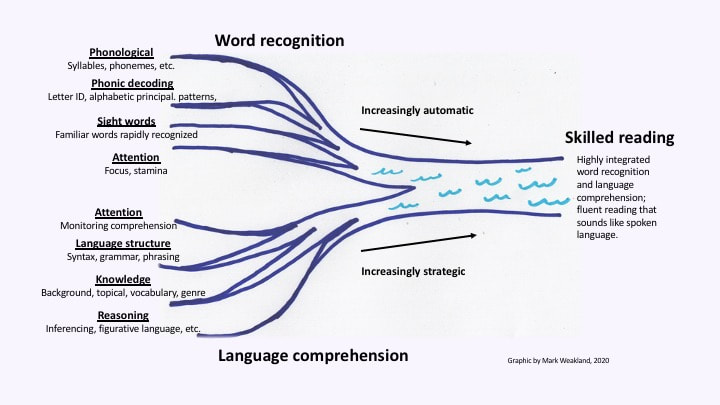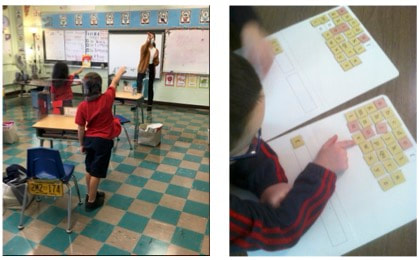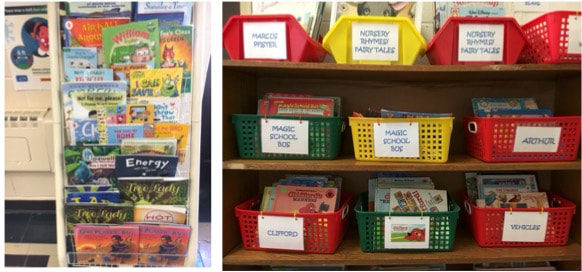|
When it comes to how reading arises, we know a lot. For example, we know that 1) reading arises from the interaction of specific brain processing areas (semantic, phonological, and orthographic), 2) the visual perception of correct letter sequences is the first thing to occur in the reading process, and 3) processing, strategy use, and opportunities to practice collectively work to build increasingly skillful reading. From this body of evidence flow many practical and effective classroom practices or actions, useful for teaching students in a variety of settings, able to prevent many reading problems, and valuable as teaching tools that help students overcome many reading difficulties. Previously, I outlined practices for preK to first grade. Here are thoughts on the broader K to 3rd grade band. Kindergarten through Third: Reading and Meaning Reading is ultimately about meaning. This is why we always help students connect the act of reading words to the act of comprehending words. But when students don't automatically recognize words they encounter, their levels of comprehension drop. And so we help students vigorously build and then skillfully combine both streams of the reading river: language comprehension and automatic word recognition. Let’s tackle the last one first. Helping young readers develop phonological and orthographic skills is critical. To break the code and become automatic word recognizers, some children need a great deal of direct, explicit, and systematic phonics and spelling instruction, coupled with instruction that lifts them to phonemic proficiency. This is especially true for students who have or may have dyslexia. The skills students need to become automatic word recognizers include:
Activities and materials that can be used to teach phonological and orthographic skills to mastery include:
Helping young readers develop language comprehension skills is critical. To become strategic readers who actively reflect, problem solve, use strategies, and ultimately read with deep meaning, all students need to develop the skills listed below, and some will need a great deal of direct and explicit instruction with repeated practice to reach mastery levels.
Activities and materials that can be used to teach language comprehension include:
Of the actions I’ve pointed out in this blog, most are presented in detail in my 2021 Corwin book How to Prevent Reading Difficulties. Also, if you visit my YouTube channel, you can see me model some of the teaching practices or actions I mentioned, including Look-Touch-Say, flip folders, word ladders, and sky writing.
Wishing you successful weeks of teaching and a relaxing and happy holiday break! |
Mark WeaklandI am a teacher, literacy consultant, author, musician, nature lover, and life long learner.
|



 RSS Feed
RSS Feed